The aim of these manuals is to spread technical information and experience that may facilitate a much greater use of recycled rubber in the various sectors of application.
Surf among our manuals and download the ones that interest you!
The use of recycled rubber in building Vol. 1 – Acoustic, thermal and structural properties
Realized with the technical support of Vie En.Ro.Se. Engineering, this manual discusses the acoustic, thermal and structural properties of materials in recycled rubber. This is done by the means of a typological study and of the cataloguing of building sector products that use rubber, broken down by categories of use: resilient flooring, sound dampening materials, anti-vibration materials, materials for the acoustic insulation of walls, materials for the acoustic insulation of plants and other uses. The manual discusses the typical applications of these materials and systems in the building sector and it ends with summary schemes and tables on the products made with recycled rubber.
Study on the performances of playground surfaces – Medolla’s case history
Thanks to the University of Rome Tor Vergata, this manual reports the results of the research carried out on the deep impact of sports surfaces on human performances. The research was made comparing the tests of athletes’ functional and postural-functional responses to different surfaces: the surface of the PalaMedolla (MO) – an all-purpose surface made with recycled rubber from End-of-Life Tyres; a surface with standard flooring for non-competitive physical activity; the surface of the gym for physical activity and research of the University of Rome Tor Vergata.
Download the Study on the performances of playground surfaces – Medolla
Study on the performances of playground surfaces – Prato’s case history
Carried out at the “Centro Promozionale Polisportivo 2A” of the city of Prato, this piece of research has compared the deep impact of the four surfaces subject of the study on human performance. This was evaluated by the means of some field tests. The surfaces in Prato studied by the University of Rome Tor Vergata have been: two outdoor tennis courts, both with anti-shock mats made with rubber granules bound with polyurethane resins; two indoor surfaces for tennis and 5-a-side football in synthetic turf with sand infill with an anti-shock mat in recycled rubber and polyurethane resins.
Download the Study on the performances of playground surfaces – Prato
Guide for the production of modified bitumen with rubber powder from ELTs
This guide gives a number of step-by-step indications for the realisation of the different typologies of asphalt mixes containing recycled rubber in a clear and exhaustive way. Thanks to this guide, the building companies or the producers of modified bitumen now have a pre-formulation of any of the most used types of bitumen made with recycled rubber at their disposal. This allows them to be able to produce these types of bitumen with few tests beforehand, as tested mixes are now at their disposal. Moreover, this partially lowers their initial costs. The underlying objective/hope of this project is that the addition of ELT recycled rubber to the bitumen for asphalts may become a technology within the reach of all designers, road laboratories and producers, favouring its spread and its subsequent consolidation in time.
Download the Guide for the production of modified bitumen with rubber powder from ELTs
The use of recycled rubber in building Vol.2 – the installation
Realised by Vie En.Ro.Se Engineering, this volume analyses the installation manuals of the main Italian and European manufacturers of materials and systems with recycled rubber from ELTs. To take into account the peculiarities that characterise rubber-based products compared with other products, a further in-depth analysis was carried out by the means of a discussion with the technicians of some of the main companies involved in the study. These experts have made available the experience they gained on construction sites in the course of the years. This has contributed to the preparation of the specific in-depth data sheets listed in the Appendix. The data sheets present the necessary solutions for the correct and optimal installation of such products.
The use of recycled rubber in building Vol. 3 – the performances of installations
The third volume of the series on the use of recycled rubber in the building sector deals with the performances of rubberized insulating materials. They have been defined by the means of the collection of experimental data obtained from tests on the installations. The performances of the installations in a typical scenario are, then, compared with the values obtained with provisional calculations. This aims at evaluating the reliability of the numerical predictions with reference to the experimental values. Finally, starting from the most recurrent typologies of attics in the Italian building stock, the researchers have made a comparison between the average measured performances of the installed sound-absorbing materials based on rubber recycled from ELTs and materials of other nature.
Reggio Emilia’s “Variante Canali”: a green road
This manual describes a systematic study of the performances of the road surfaces of Reggio Emilia’s Variante di Canali, made in 2009 with modified asphalts containing rubber recycled from ELTs. Thanks to the design choices and the use of modified bitumen, 40 tonnes of CO2 have been avoided, and there have been energy savings estimated at up to 70,000 kwh compared to the realisation of a traditional road (equal to a month of electrical power for 300 families in Reggio Emilia). To this day, after almost 10 years, the surface has not needed any maintenance interventions yet and the analyses made have estimated that the infrastructure has another 15 years of useful residual life.
Wear layers with rubber powder from End-of-Life Tyres for urban viability road surfaces
In the manual written by the Department of Civil and Industrial Engineering of the University of Pisa, the Authors have described their experiences during the course of the realisation of some wear layers in bitumen conglomerate containing rubber powder. Some experimental tests on the composition of the mixes at project level phase have been made upon the realisation of the wear layers. Tests have also been made for the characterization of the same during the operations of laying and for the evaluation of the performances on the finished intervention. These experiences have allowed to identify the strengths and weaknesses of the various technologies, which have been collected in the “technical specifications” attached to the manual. These can be used by the operators of the sector for the designing and building of these particular types of wear layers and, above all, for the drafting of special tender specifications.
Download Wear layers with rubber powder from End-of-Life Tyres for urban viability road surfaces



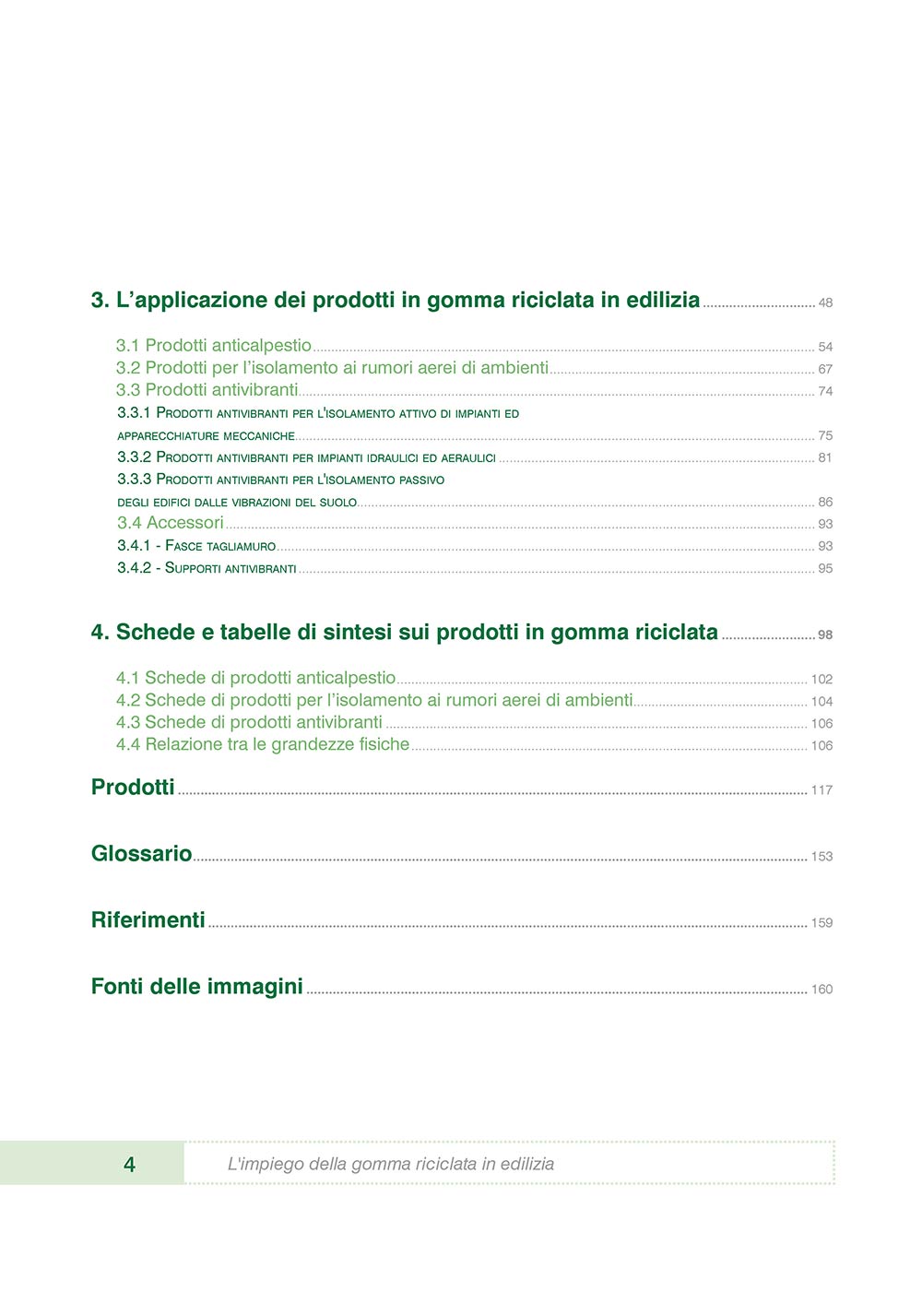

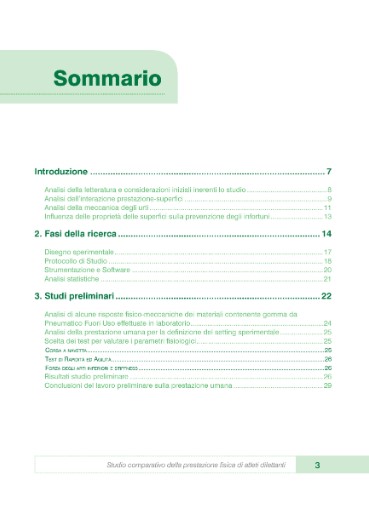
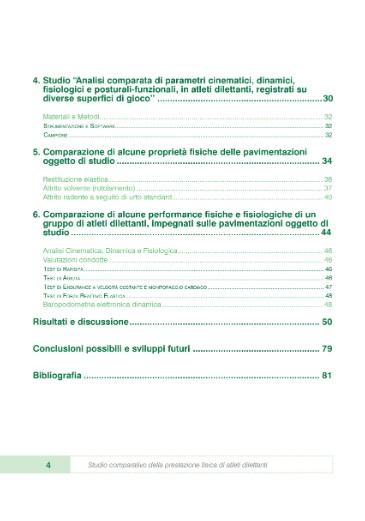

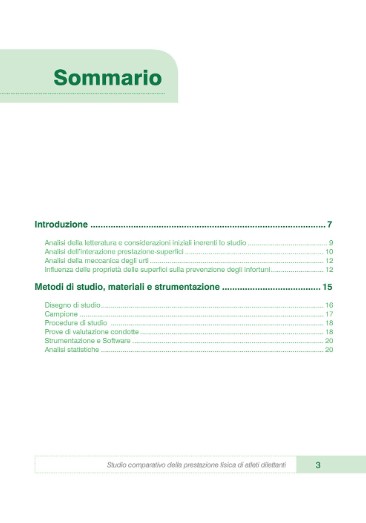
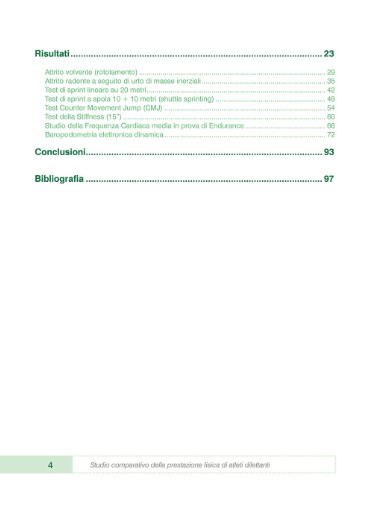
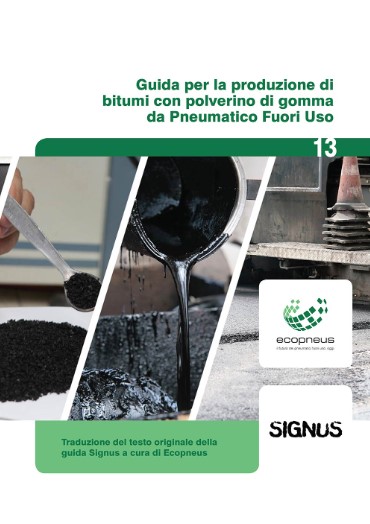

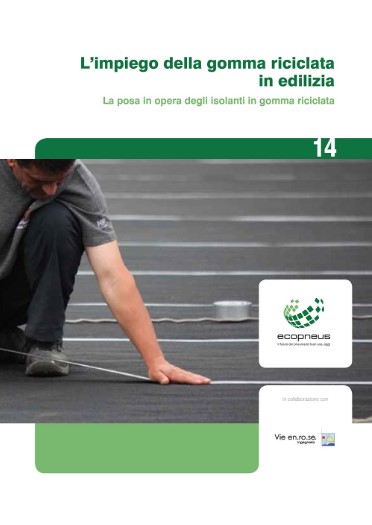
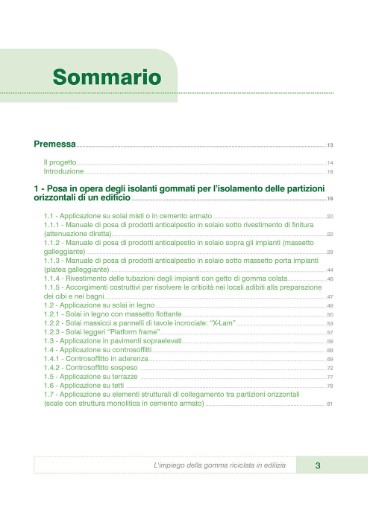

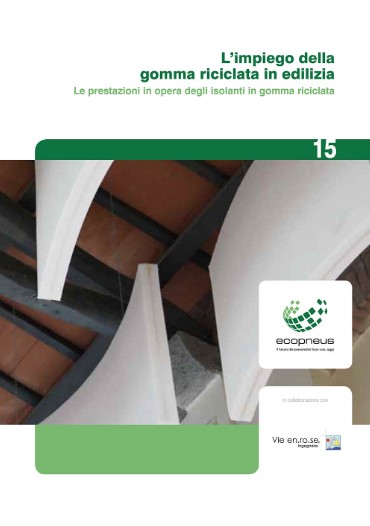

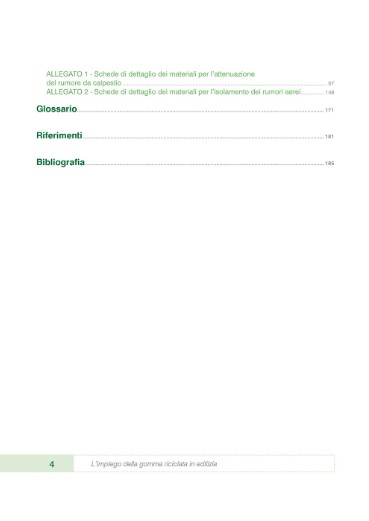
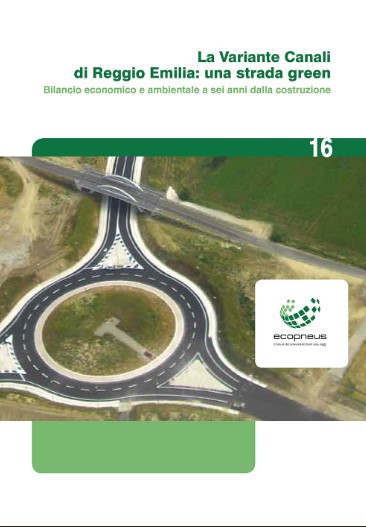


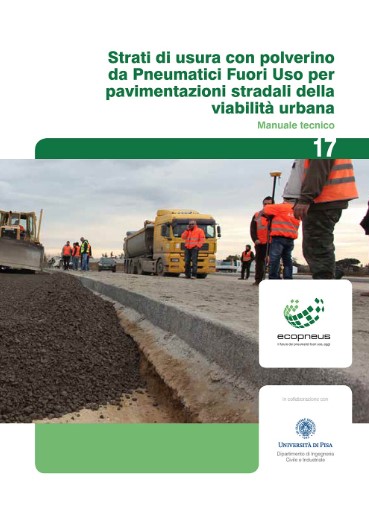
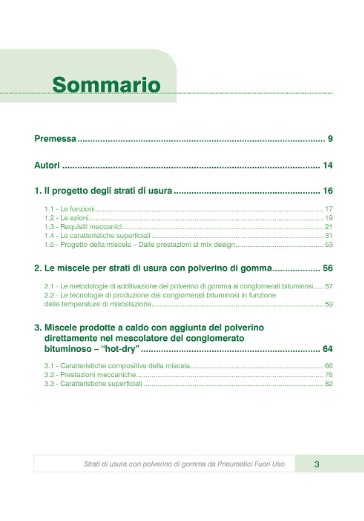
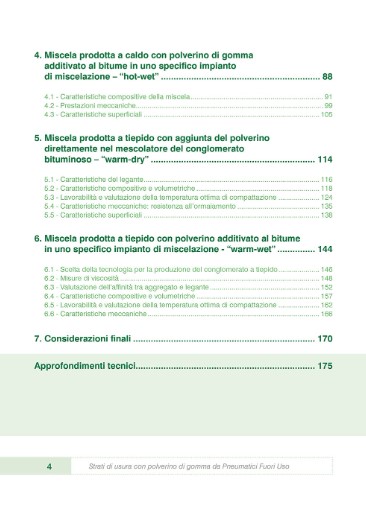
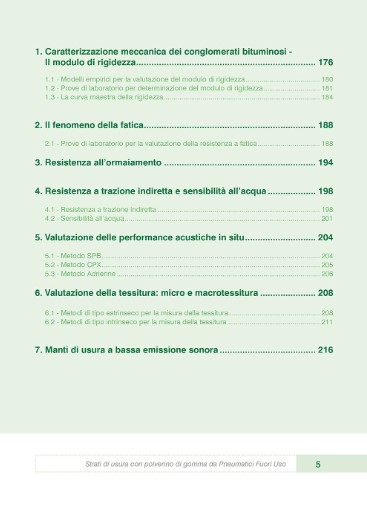
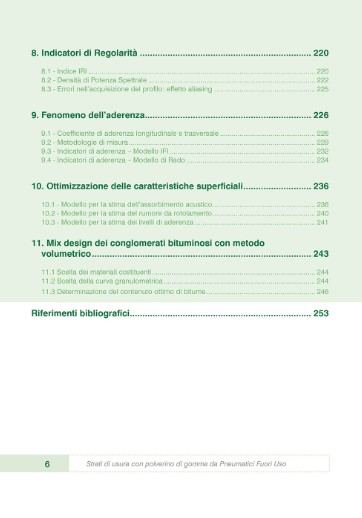


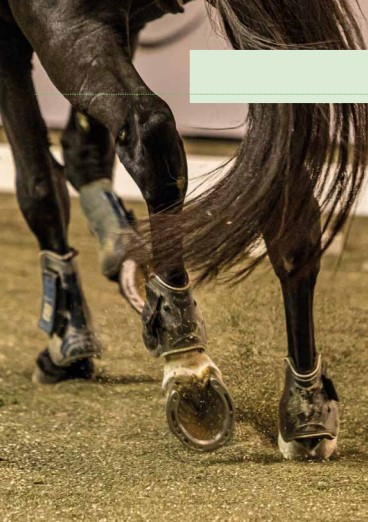
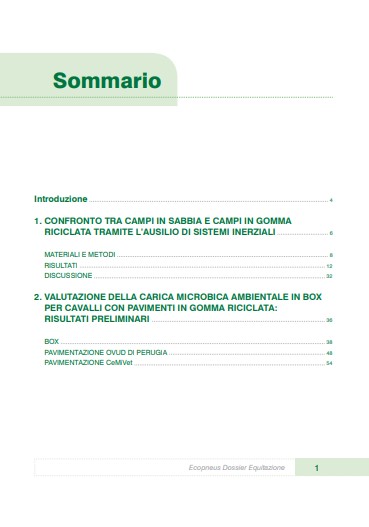
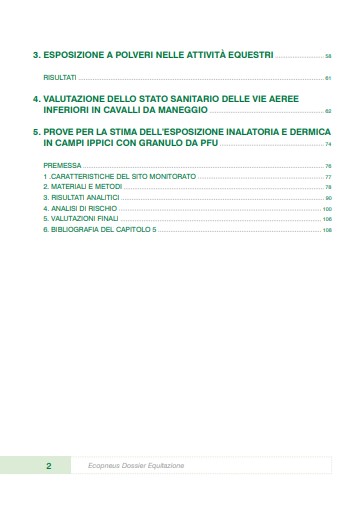
 Collect ELT
Collect ELT